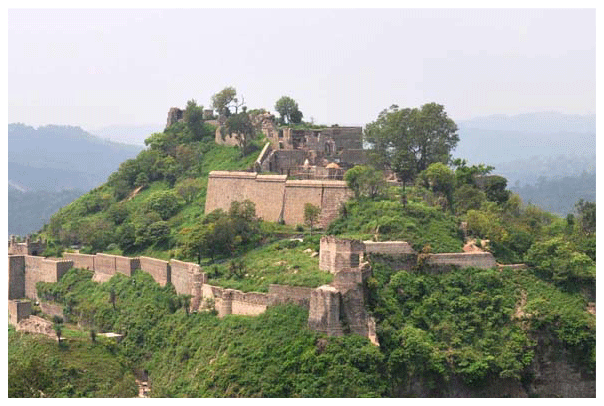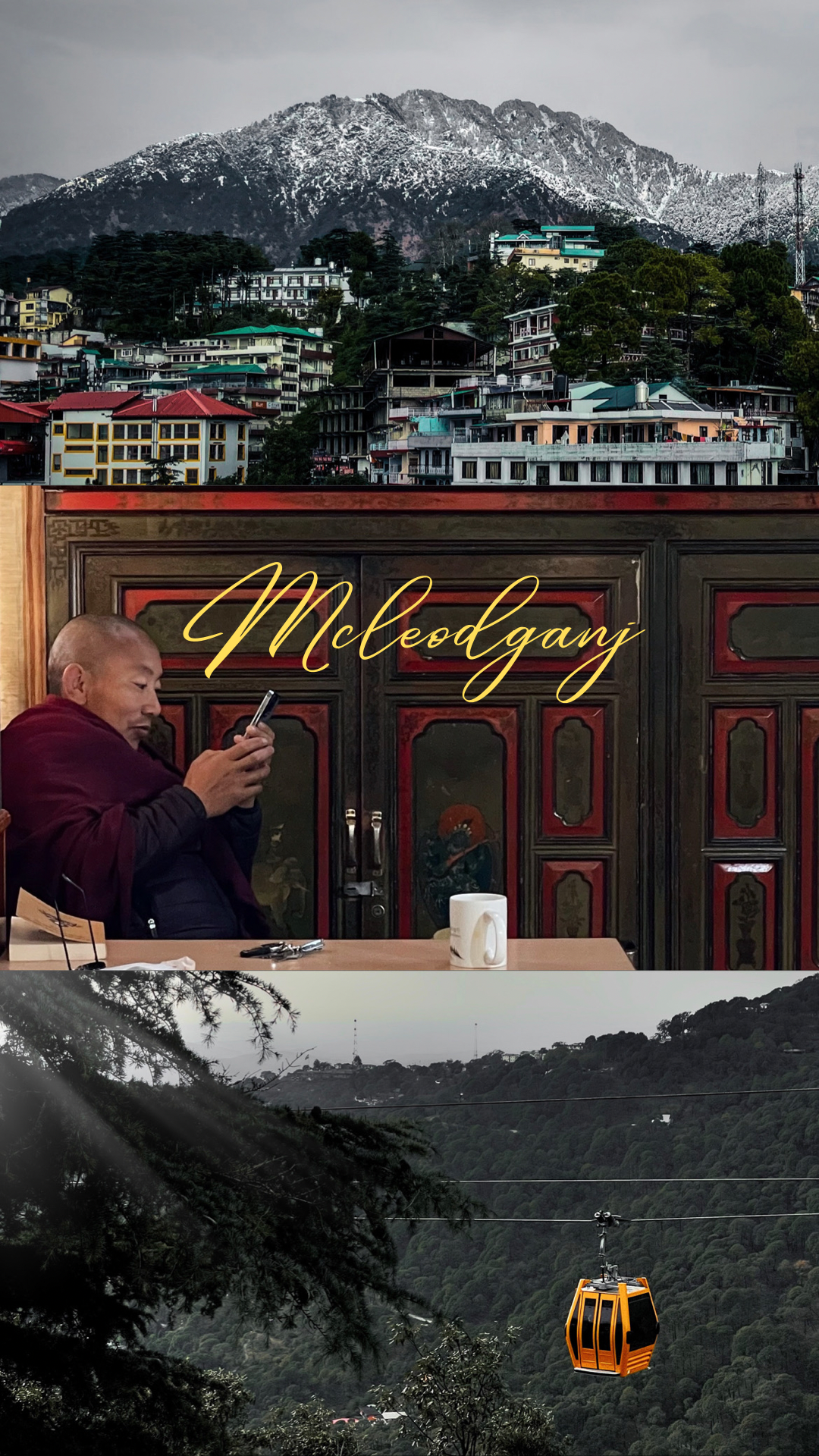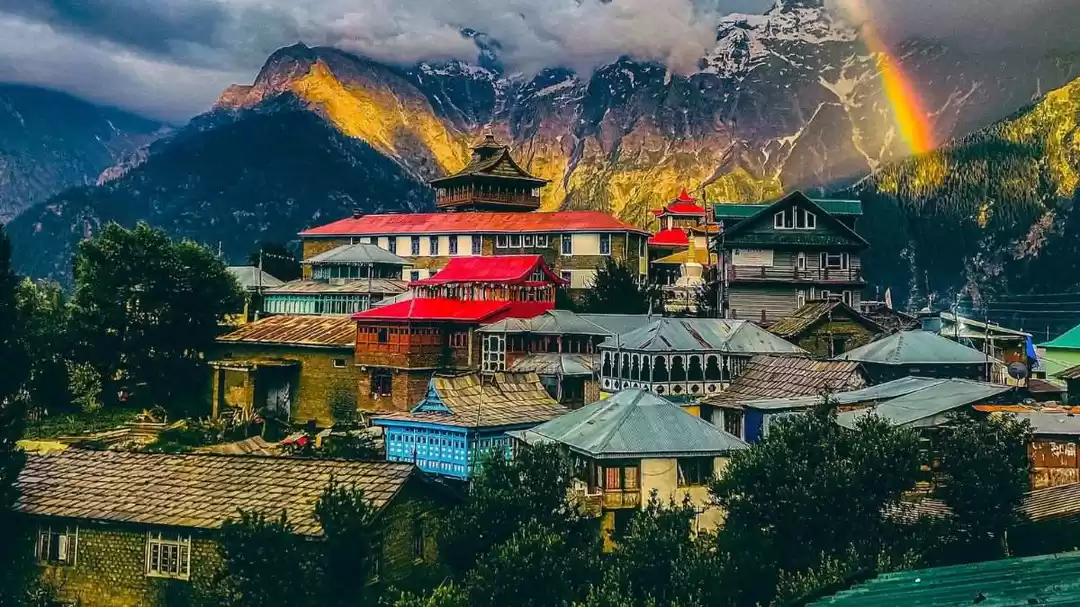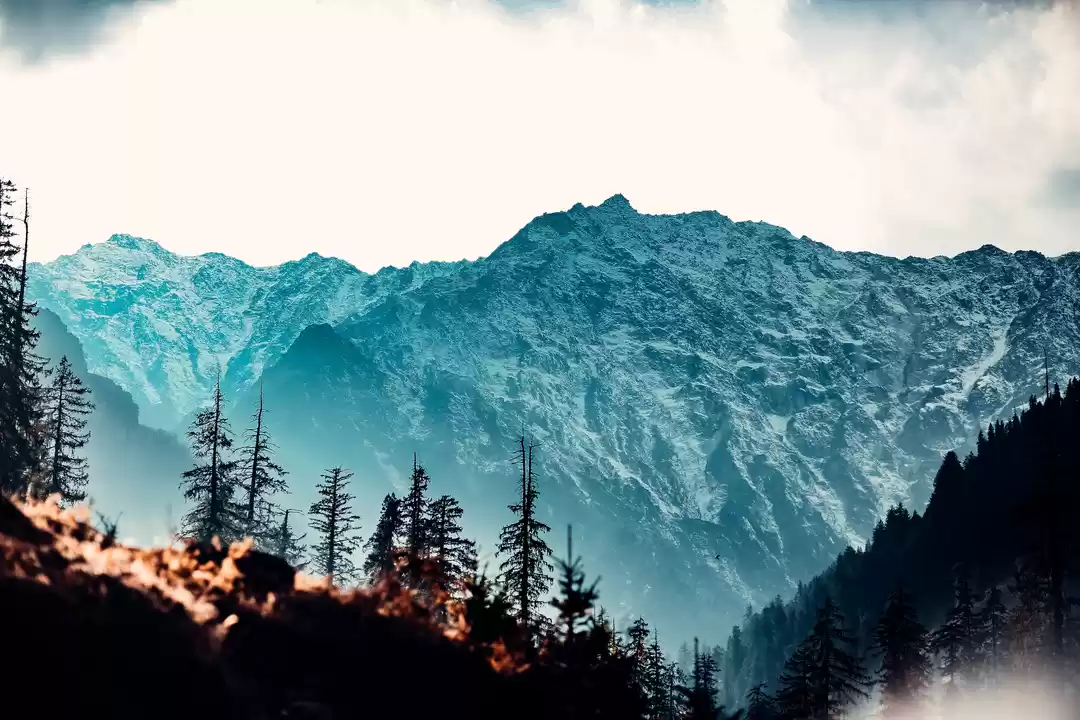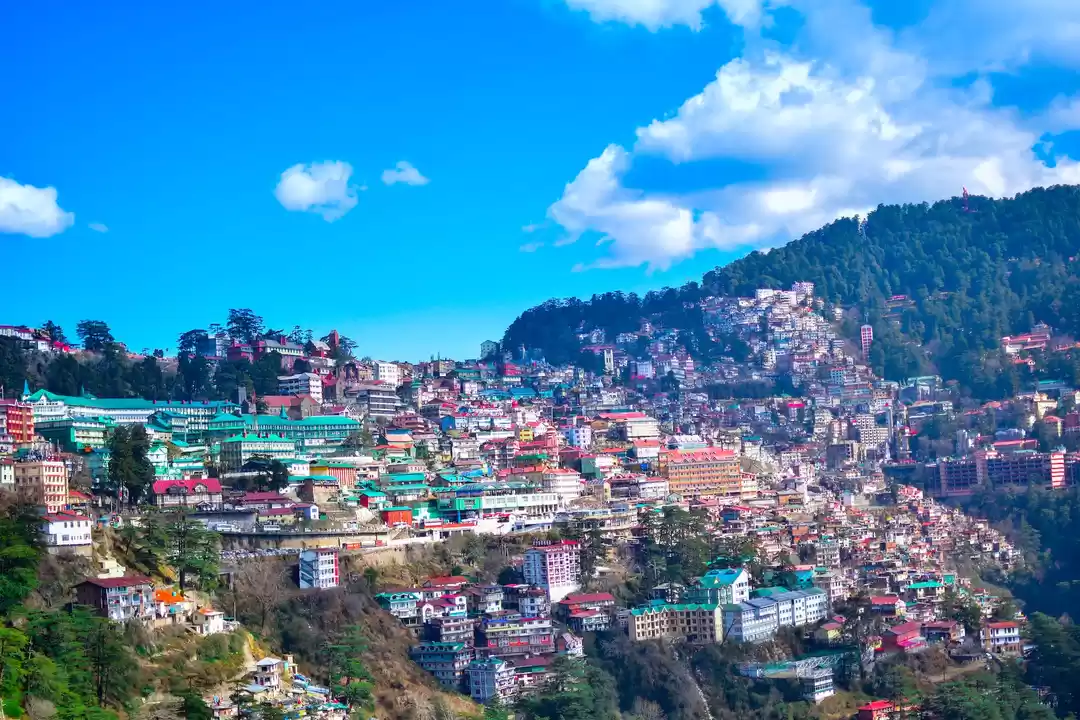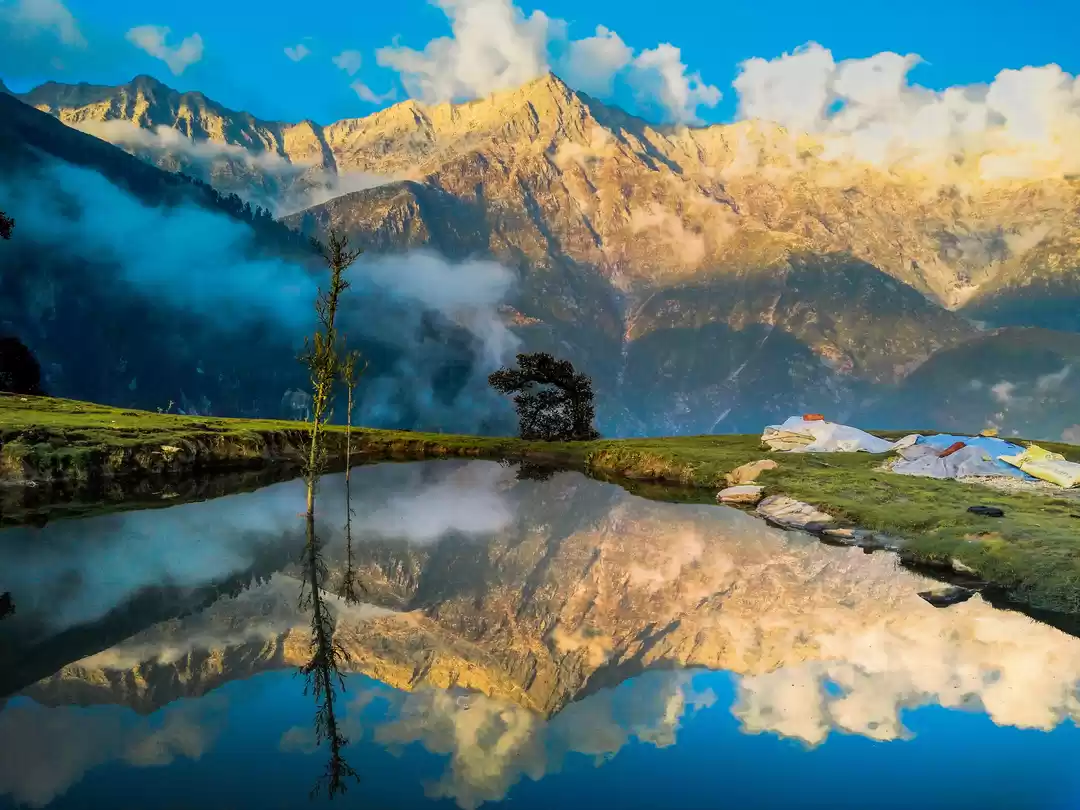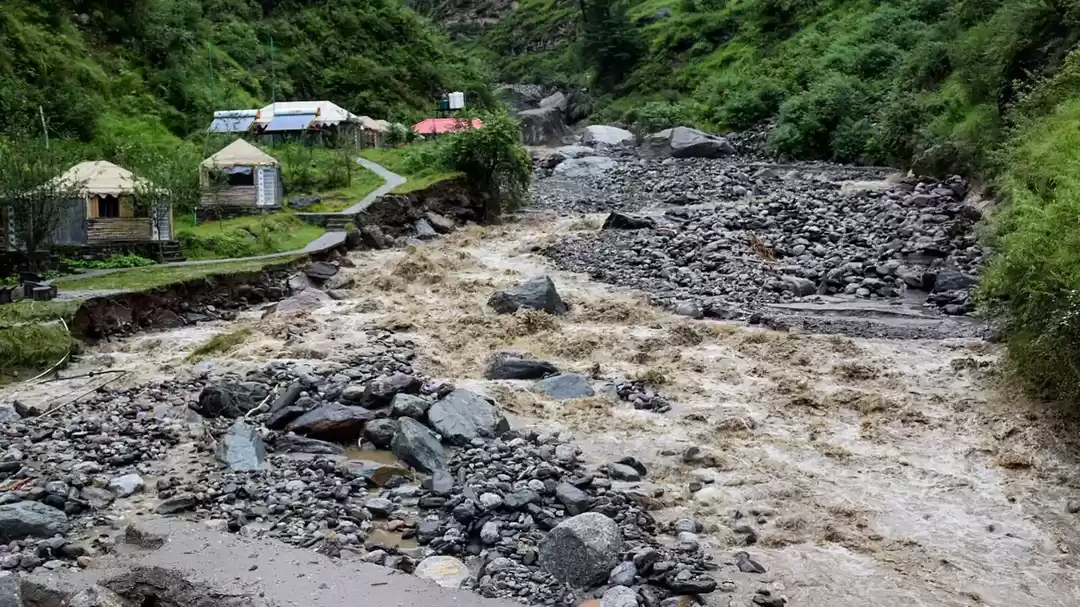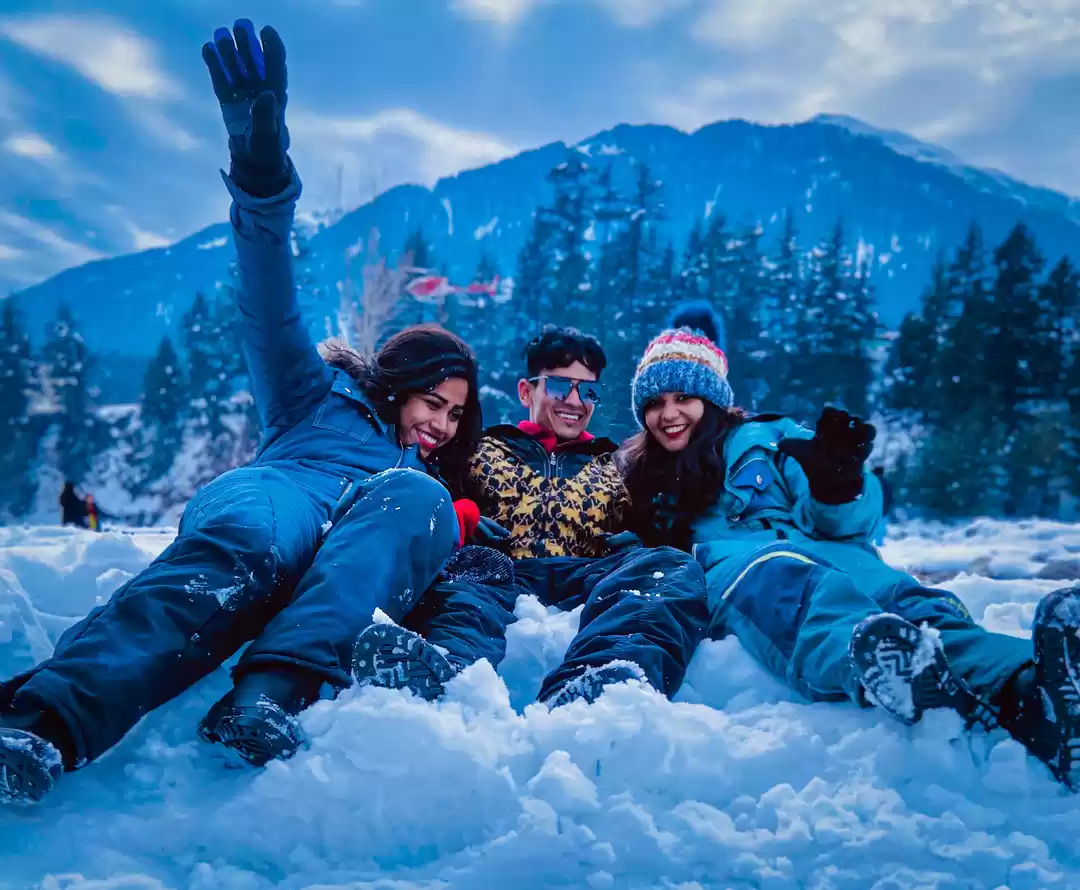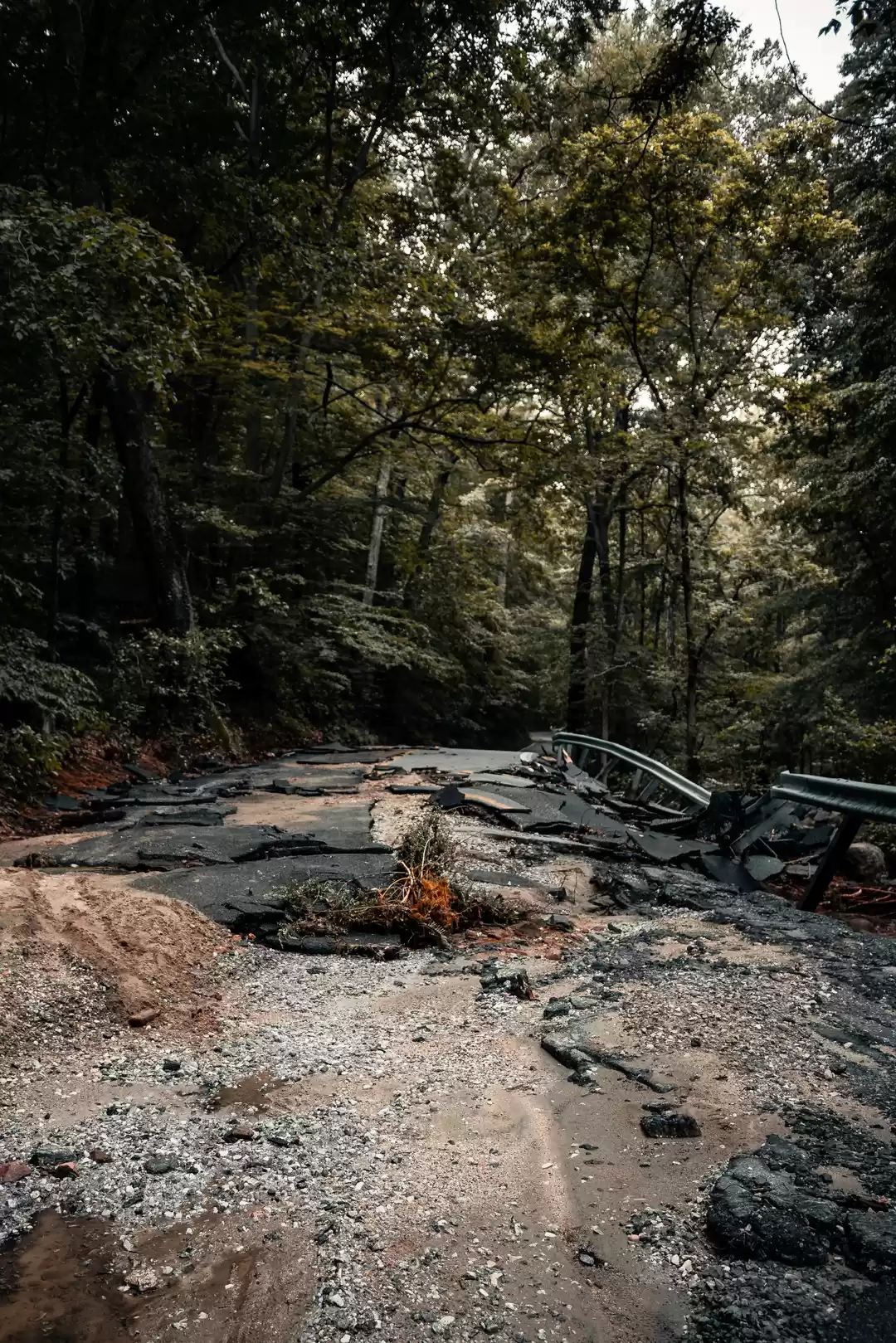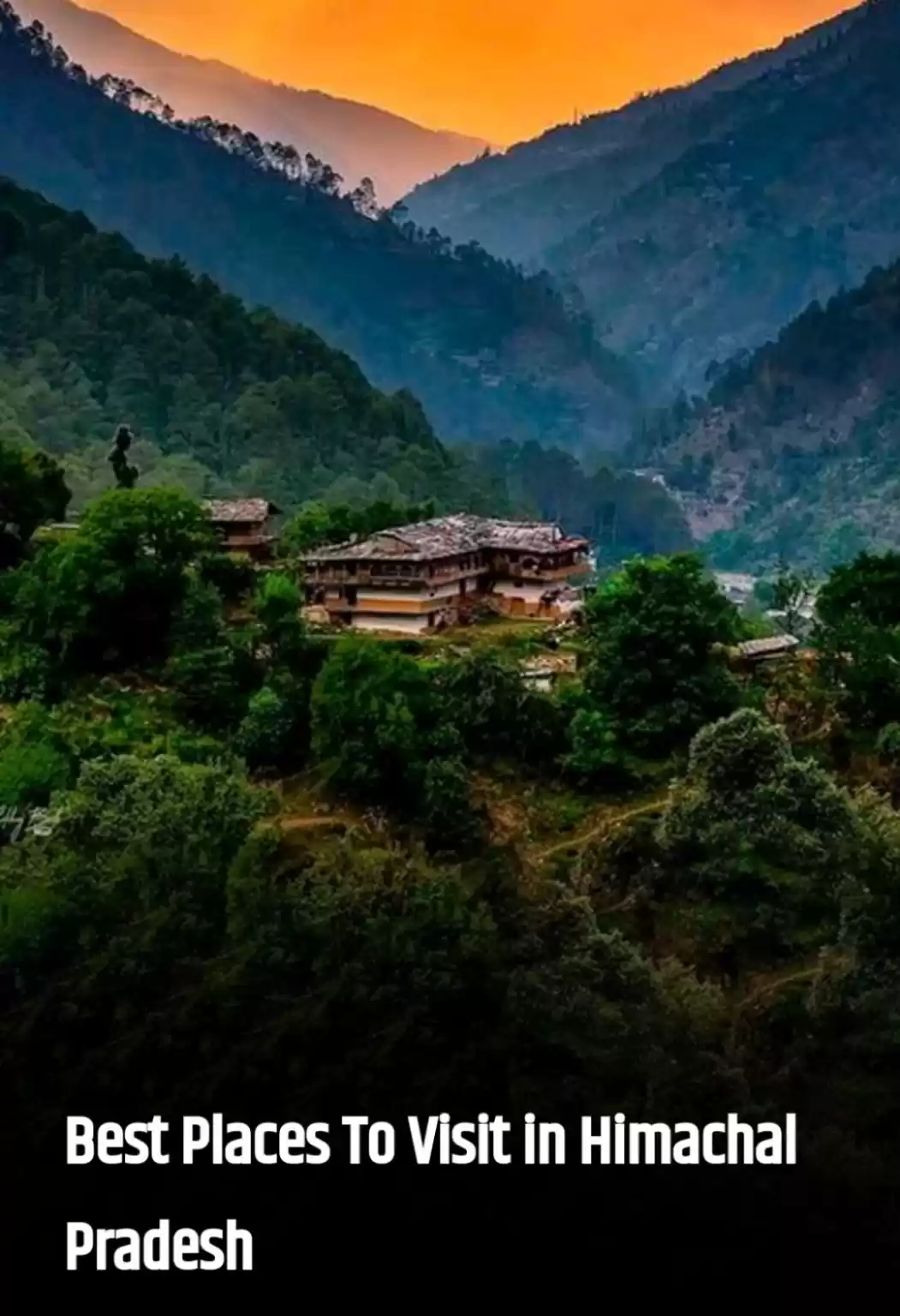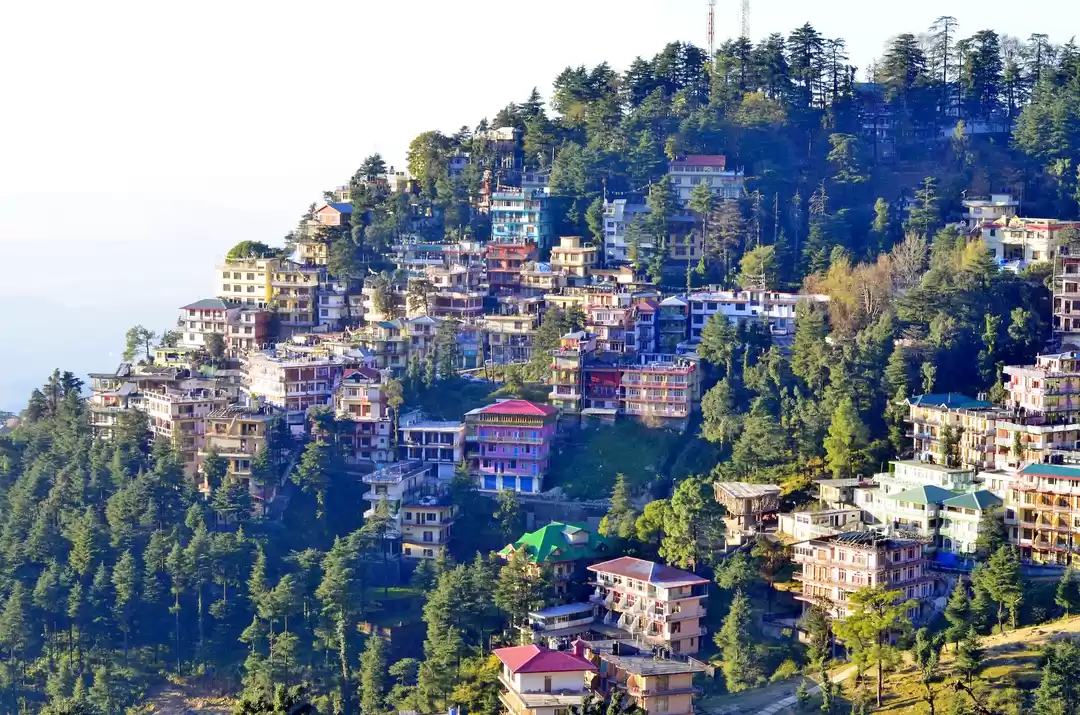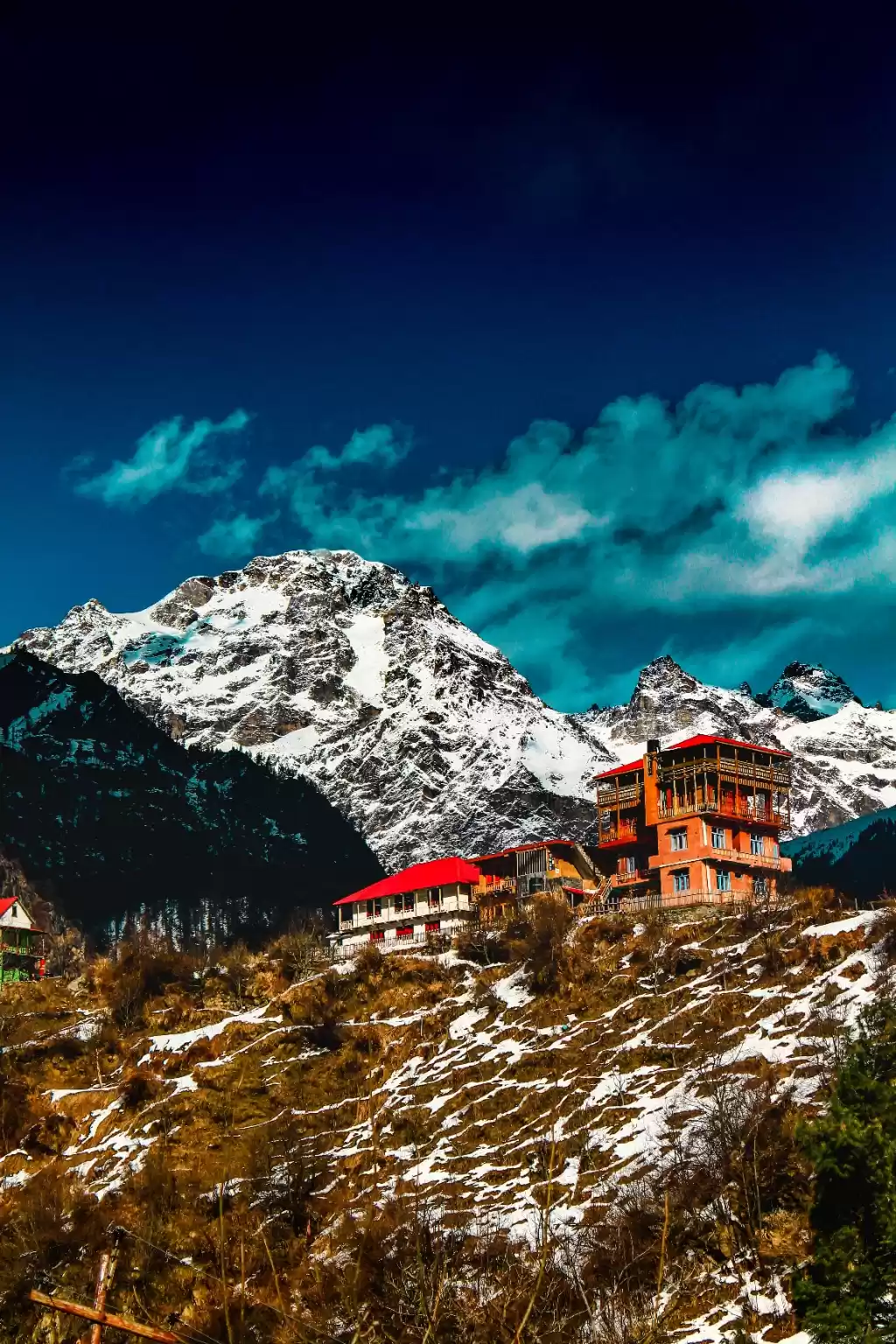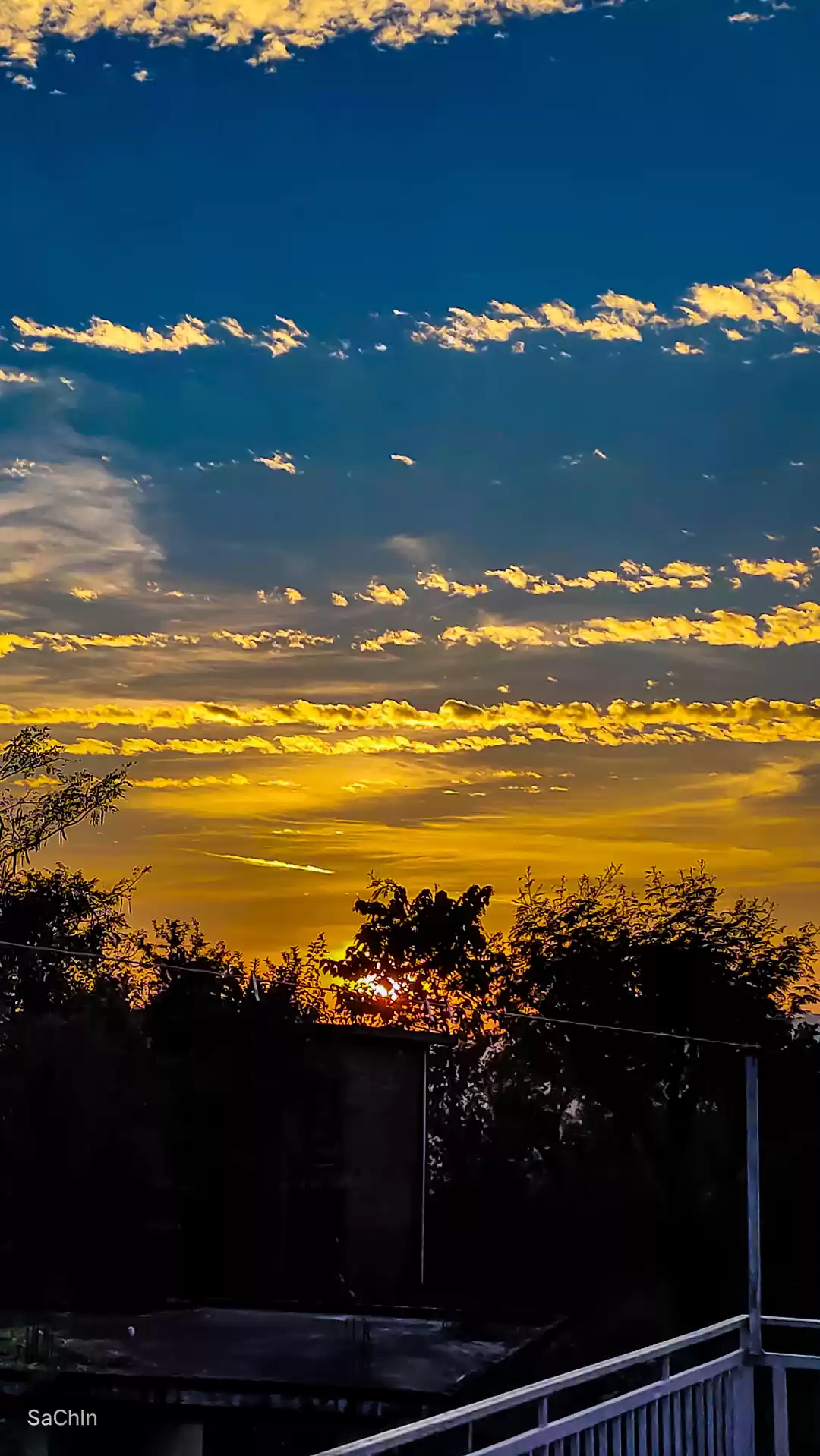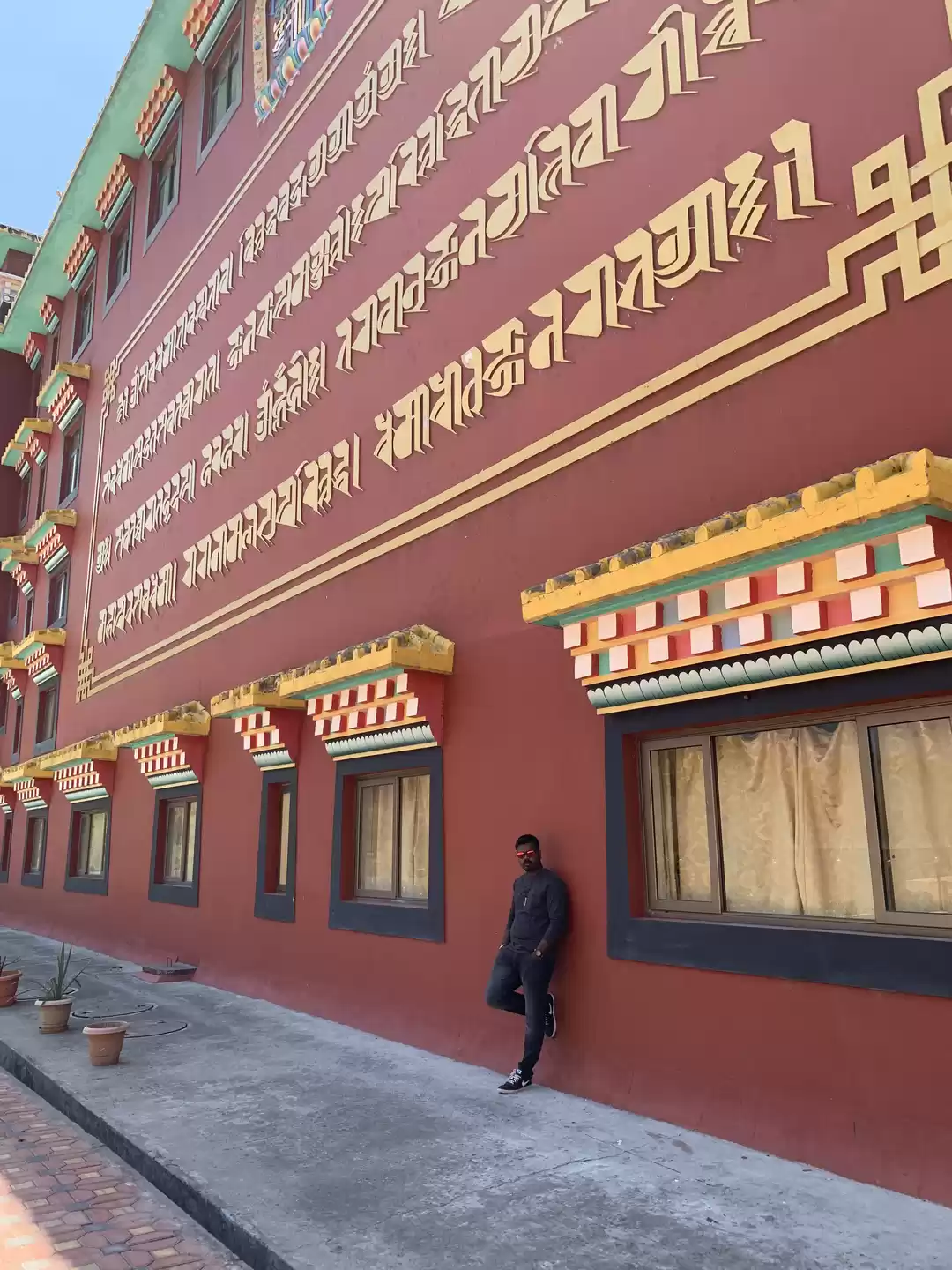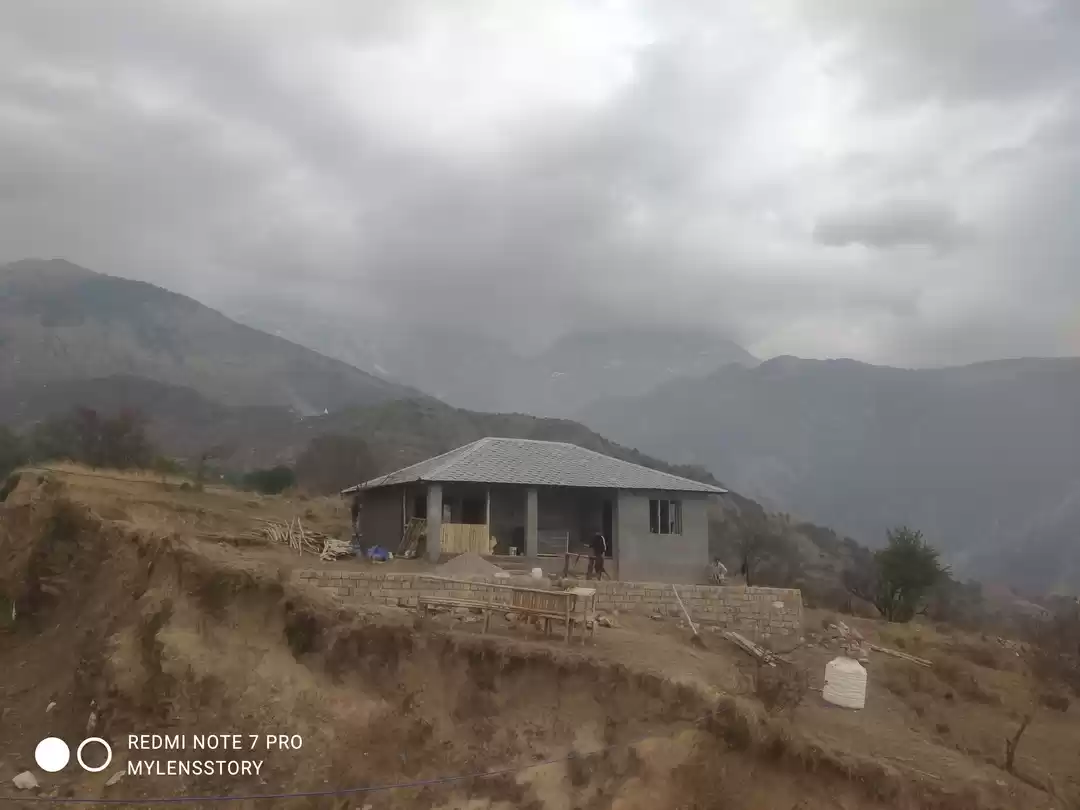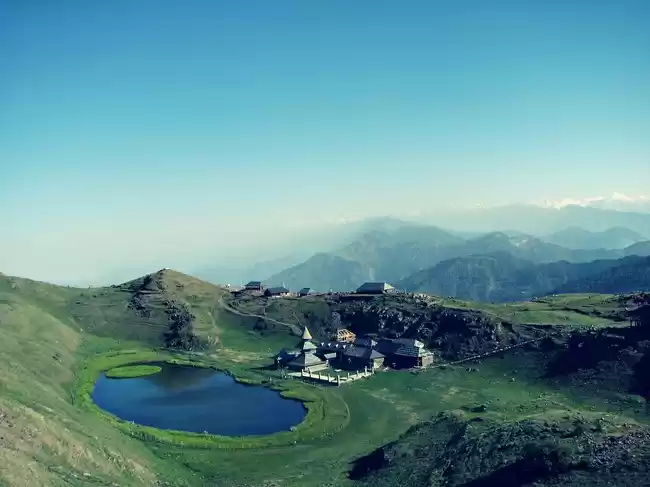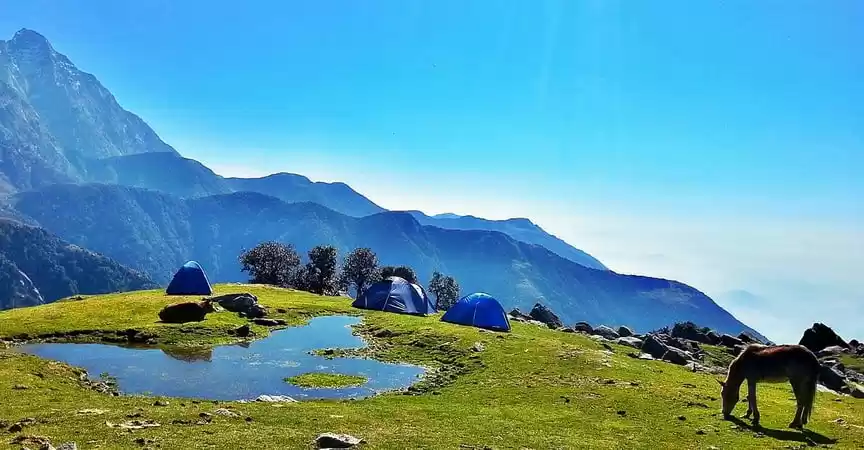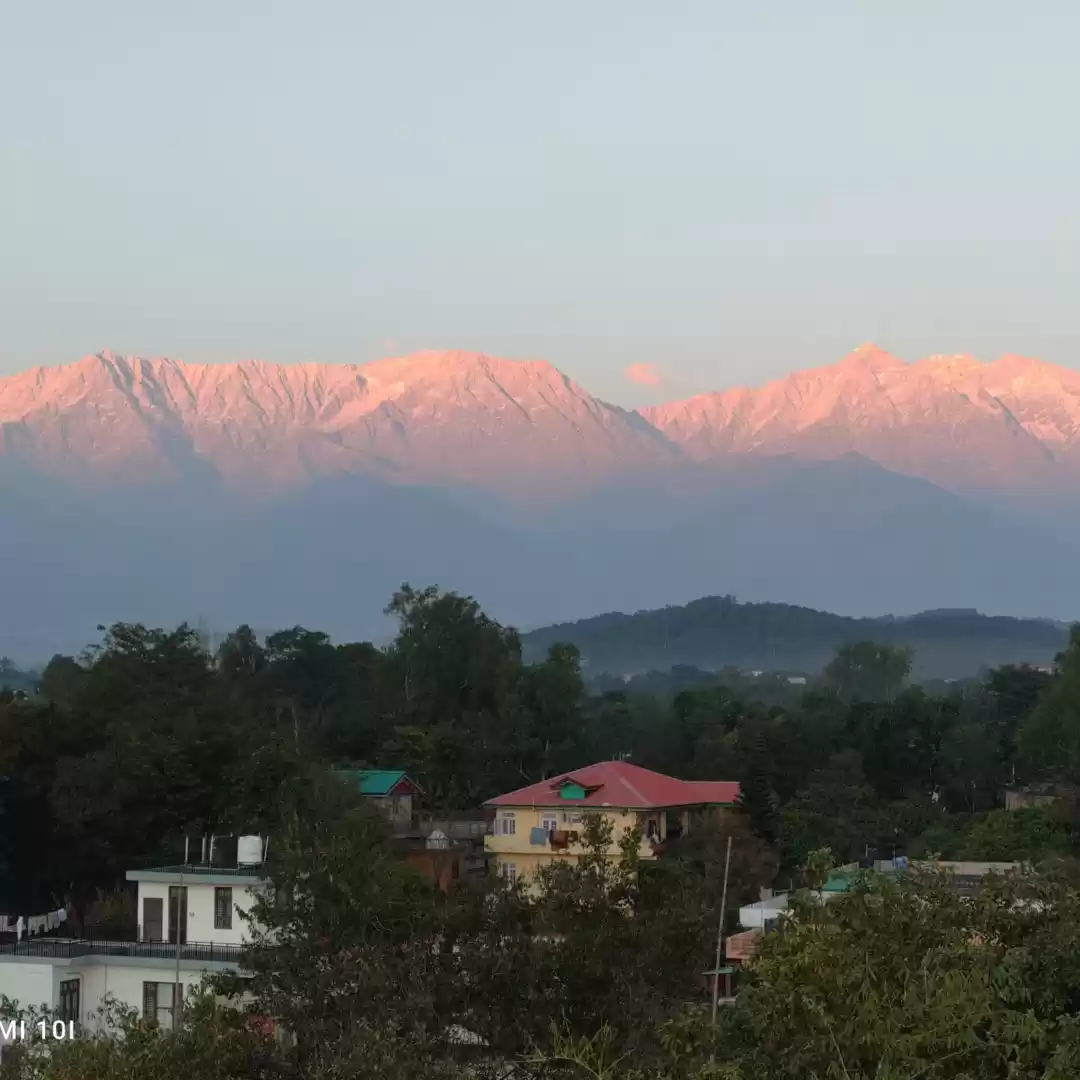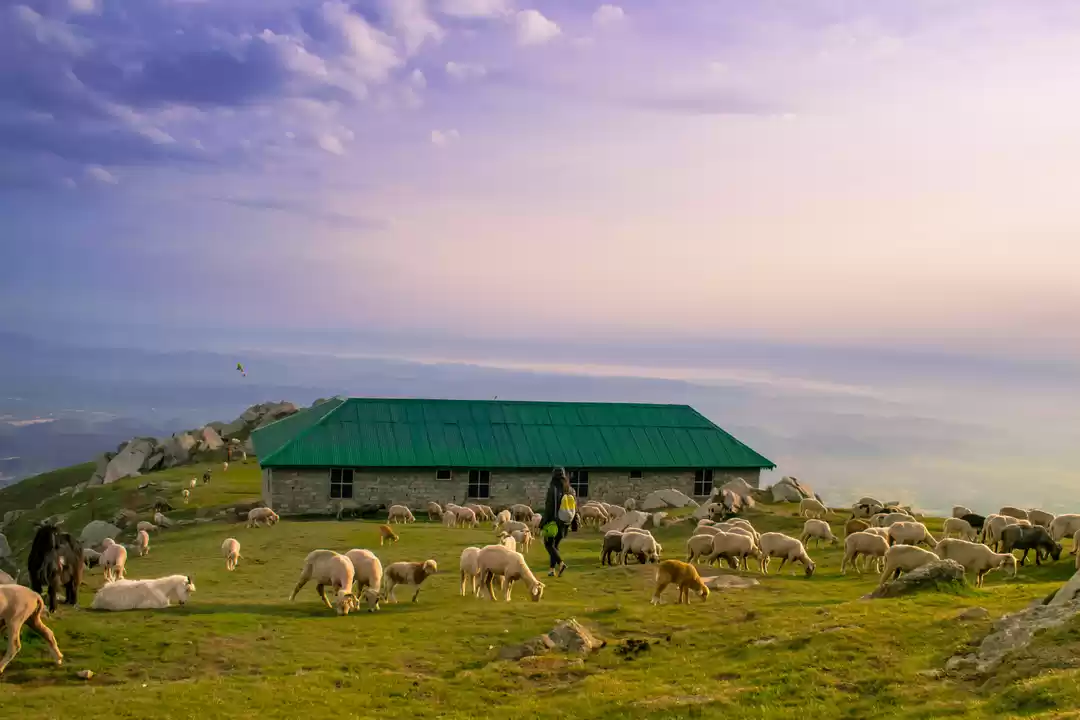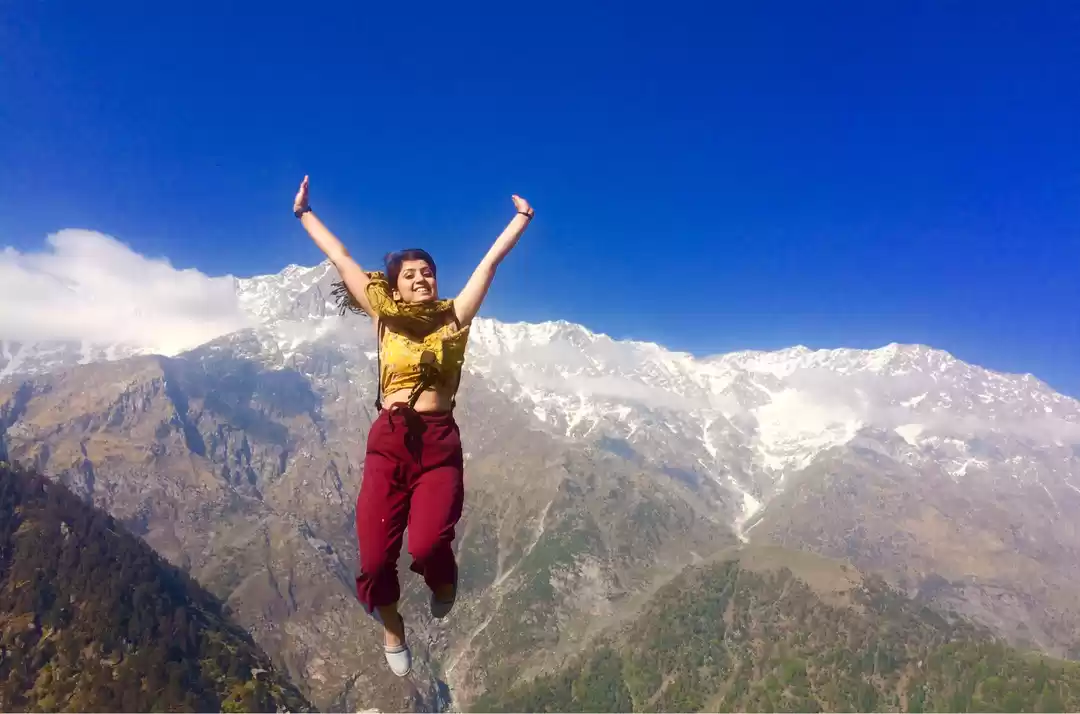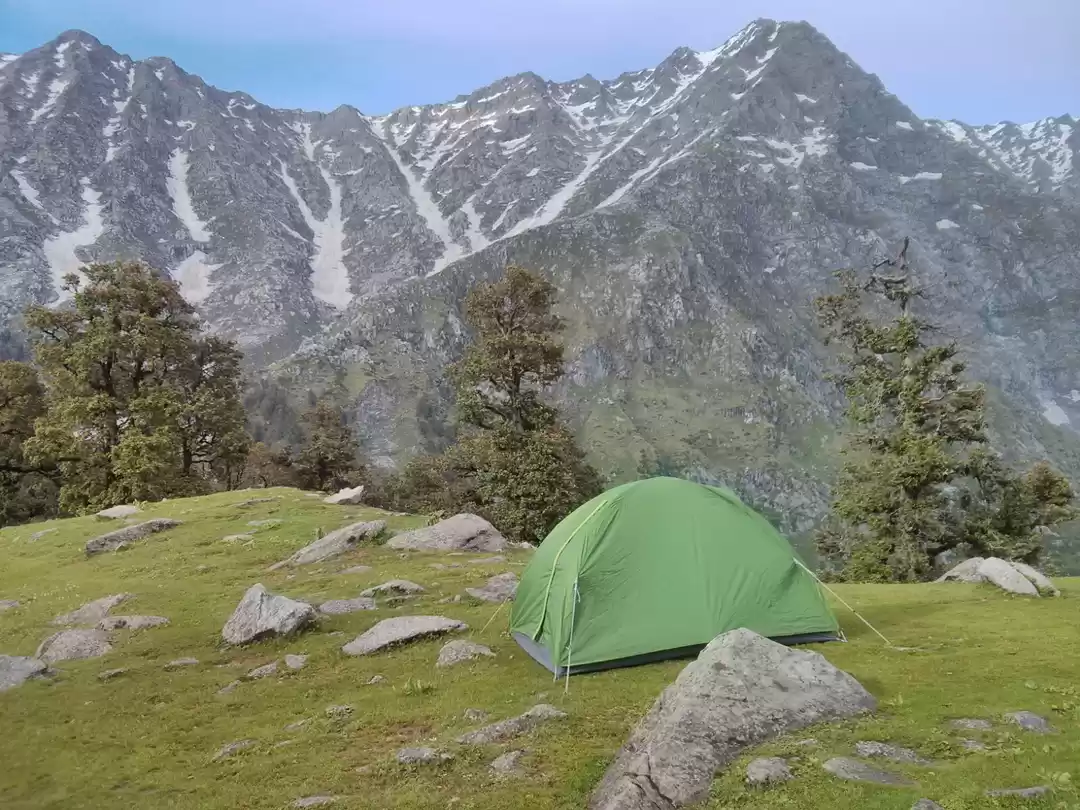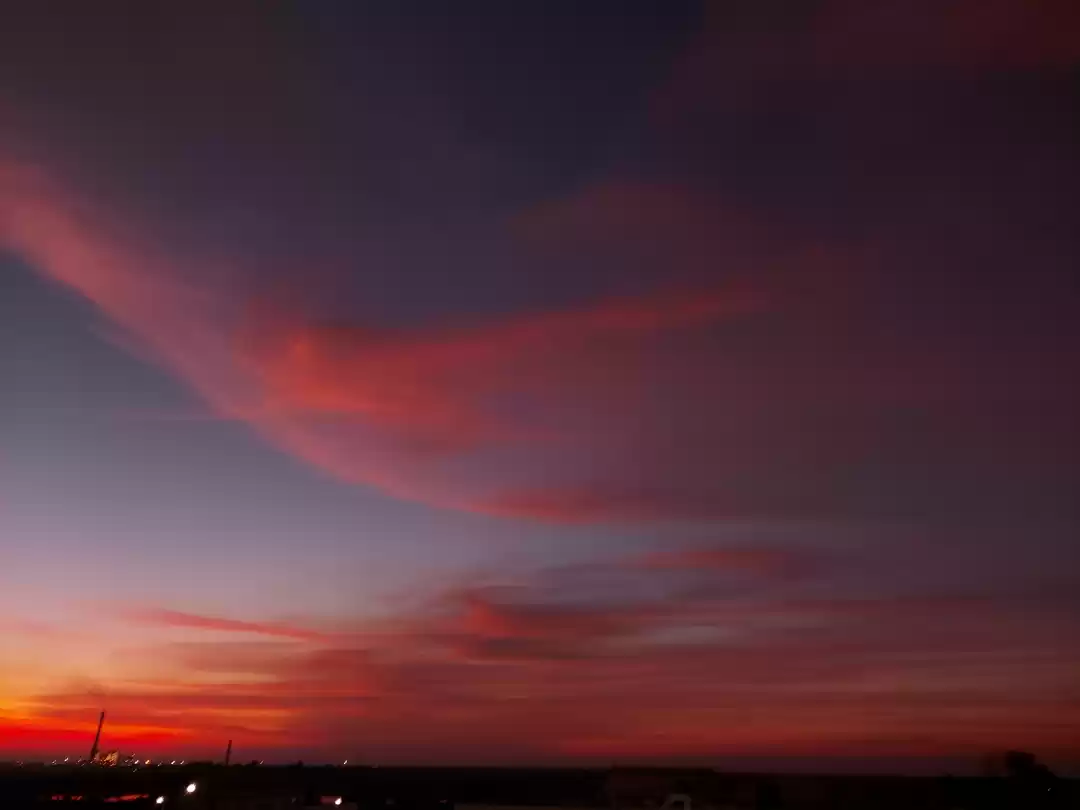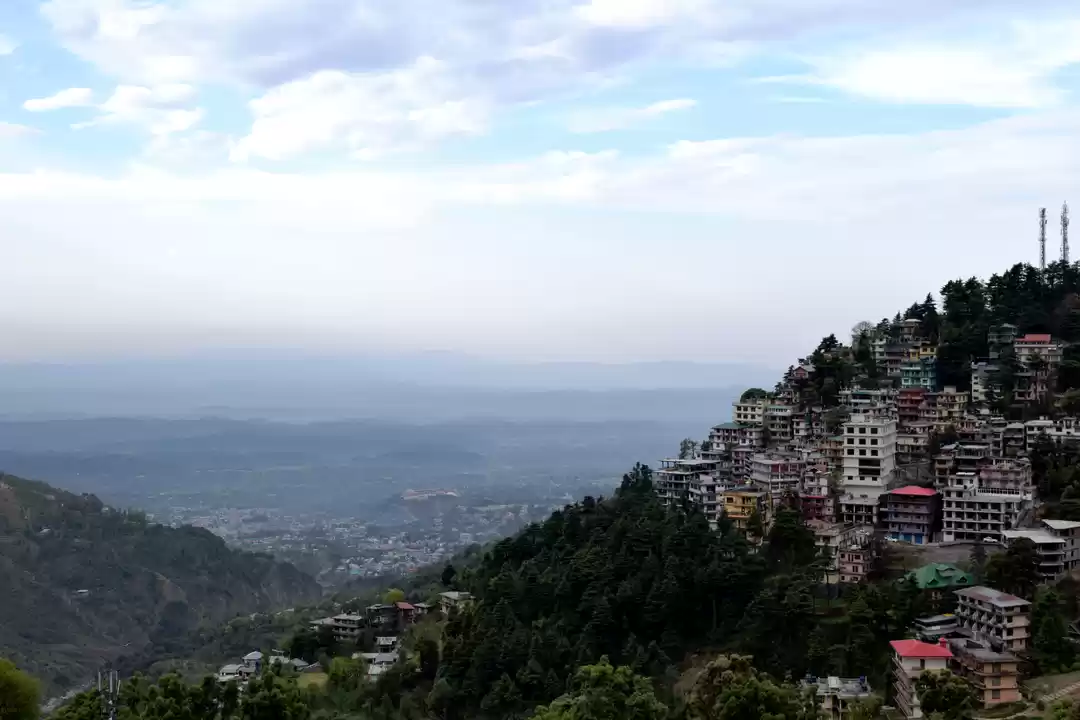

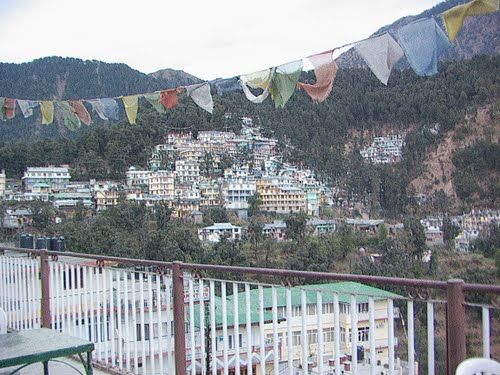



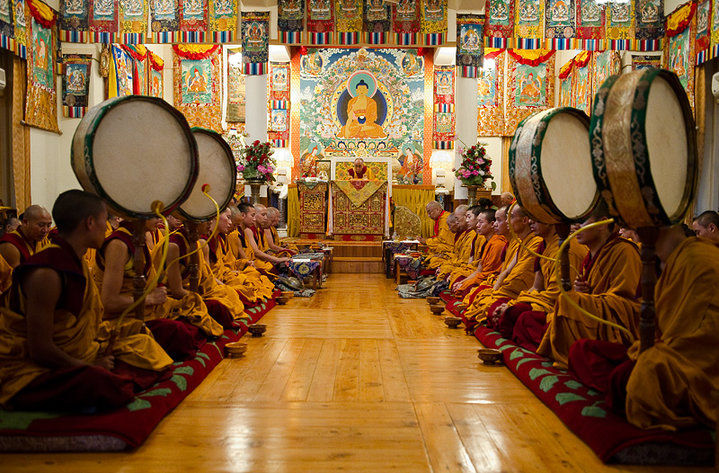





After having trekked across a majority of Himachal's northern and western front, the side that I really wanted to visit was the Eastern front. Dharamshala, 17 km northeast of Kangra town, is nestled in the coniferous Kangra valley. The main attraction being McLeod Ganj, which is part of Upper Dharamshala. Lower Dharamshala comprises of civil offices, courts and business establishments. Apart from a lot of foreigners, students choose to come to Dharamshala to learn a lot about Tibet. Triund Hill was a short trek that attracted me most after the Dharamshala Cricket Stadium, home to the Kings XI Punjab IPL Cricket team.
My first stop was the little town of McLeod Ganj, which is situated at a little under 7000 feet. The first sights to embrace me were the immense number of foreign nationals present and the exceeding influence of cultural handicraft in and around the town. The headquarters of the Tibetan government in exile are situated in McLeod Ganj, which was the cause for a lot of Tibetans around. I chose to spend the day scouting the streets and devouring the many delicacies available. I decided to spend the next day at the Namgyal Monastery and the Tibet Museum to broaden my knowledge and outlook towards Tibetan and Buddhists. Namgyal Monastery is reachable by taxi. The structure dates its construction back to 1575 and having maintained its red top like original, the monastery has only aged gracefully with time. After having spent some time at the monastery chatting up the monks who were more than happy to narrate tales of the Dalai Lama and other historical happenings, we moved to visit the museum in the Tsuglag Khang Complex. Apart from the museum, the location comprised of many shops from where you could buy a lot of ethnic Tibetan things.


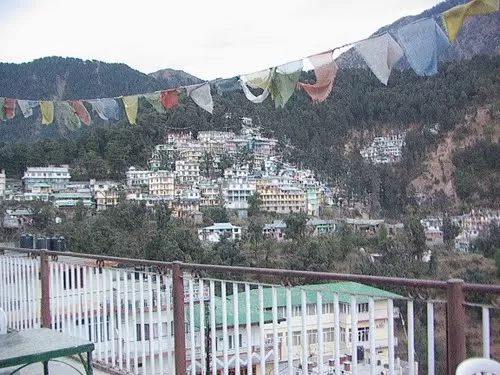

Triund is the name of a crest in the Dhauladhar ranges in The Himalayas. It is a 9 km trek from Mcleod Ganj. The place gives a breathtaking view of the moon peak - Indera Pass. Triund was ideal for camping with its unpolluted air and the unspoiled environment making the place an eco-friendly tourist spot. It offered green forests and undulated hilly areas in the Himalayan Ranges. From Triund, we trekked a bit further up to Laka Got. The trek to Triund took around 4 hours from Mcleod Ganj and was totally worth every step that I climbed.


On the road to Dharamkot, comes a very well-built center for performing arts which stages plays and musical performances on a regular basis. It is a 10 minute walk from McLeod Ganj and is better travelled on foot rather than being driven on. I spent a wonderful evening of calm and solace at the institute, learning about the various forms of Tibetan culture through the dance and cultural performance put up.
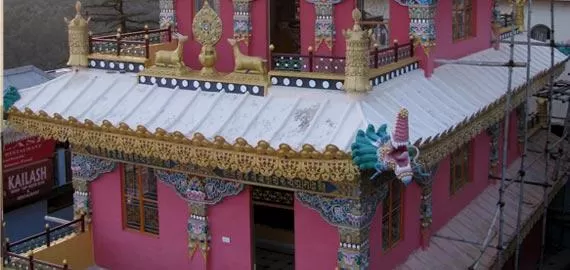

Bhagsu Fall is a small yet beautiful waterfall located 2km away from Mcleodganj. It is a place where one can enjoy and relax in the soothing environment of the miraculous Himalayas. Around 0.5 km from the waterfall stands the Bhagsunath Temple. The waterfall is revered by devotees who throng the temple. Even though the fall is easily reachable by taxis or autos, I decided to trek to it so that I can enjoy the serene surroundings. It took me around 6 to 8 hours to explore the region.


Dal Lake is 11 km from Dharamshala and surrounded by deodar trees. The lake fills a mountain bowl. The words don't do half the justice to the real beauty of the lake. Dal lake is an enchanting and serene picnic spot where an annual fair is held in September. Apart from being thronged by photography enthusiasts, it really provided the elders with a lot of calm and peace.

Kareri Lake is a shallow freshwater lake around 9 km from Dharamsala. Located at a very high altitude, the lake is fed by the snow melting from the Dhauladhar mountains. Due to the fresh shallow water, the bed of the lake is easily visible. The lake is 3 km from Ghera, which is the nearest road head and I had to hike from here to reach the lake.


Located just 20 km from Dharamsala and 3 km from Kangra, the Kangra Fort is a magnanimous structure built by the royal family of Kangra. The fort finds a mention in the war records of Alexander, around 4th century B.C. It is one of the largest and oldest forts in India. The main attraction inside the fort is the view of gushing streams of Banganga and Manjhi rivers. The fort is also known as Nagarkot and I had to climb through seven gates to reach the three temples located inside. Image Sources: Royal Kangra Museum

